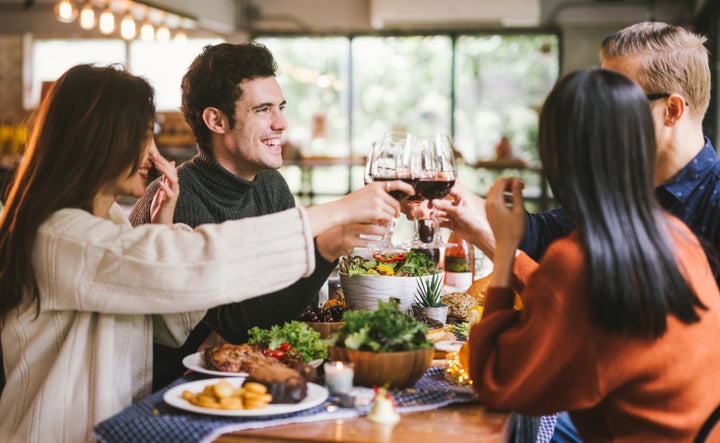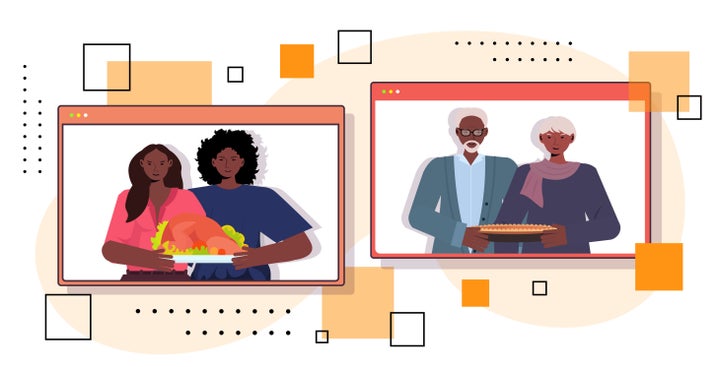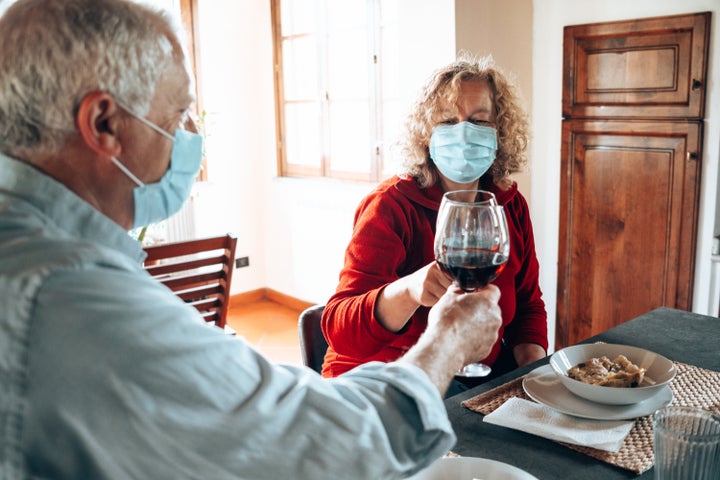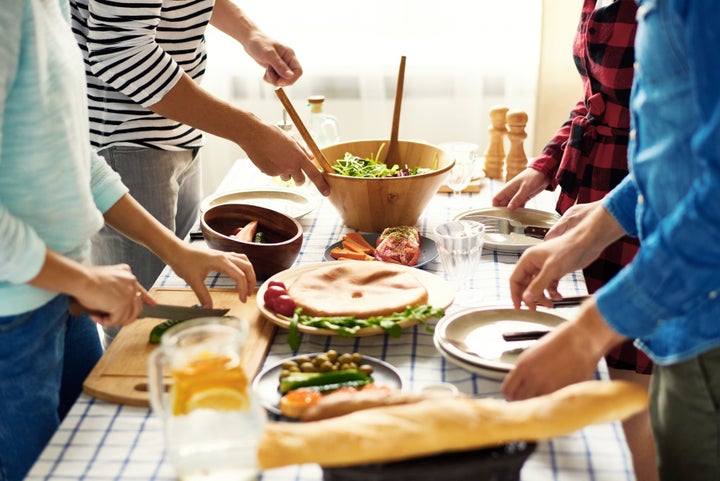
A traditional Thanksgiving practically ticks off all the boxes for what not to do during a pandemic: Gather indoors, with people who may be outside your immediate social circle, and sharing food (along with respiratory droplets) for hours on end.
Prime minister Justin Trudeau cancelled the family-oriented holiday ahead of the long weekend, as most of Canada copes with a record high of COVID-19 cases, with provinces like Ontario dealing with concerning increases and a testing backlog simultaneously.
Canada’s chief medical officer Dr. Theresa Tam and her provincial counterparts have shared recommendations for preventing transmission, many of which asks people to limit non-essential contact and prioritize only celebrating with your immediate household.
However, some have criticized officials for failing to give direct advice on Thanksgiving protocol. A provincial update from Ontario premier Doug Ford on Oct. 2 confused many, after a question about seeing family members didn’t get a clear response.
Having a lack of unified guidance is concerning, especially during the second wave of the novel coronavirus. To help clear the air, HuffPost Canada spoke to Dr. Zain Chagla, an infectious diseases physician and McMaster University associate professor, about best practices that are for common Thanksgiving get-togethers. As every region is different, Canadians should heed their local guidance on gathering limits and keep in mind their local case numbers.
Thanksgiving could be riskier than other holidays
Whatever your Thanksgiving configuration is, it’s good to know the overall risk factor that comes with celebrating with anyone outside of your home. Should you need to decline a Thanksgiving dinner or skip altogether, there are ways to celebrate online.

Compared to other holidays that have occurred during the pandemic, Chagla believes the October event has greater potential for community spread: Mother’s Day and summer holidays like Canada Day occurred in warm weather, making it easier for people to gather outside. Families are more likely to gather in large numbers for the holiday too, second only to Christmas.
A third risk factor? Travel between regions.
“Kids come home from university for Thanksgiving, people go to it and then back to their respective communities,” Chagla said. “That migration has big liabilities and transit of people from high- to low-risk areas is a big concern.”
OK, should I gather inside with multiple loved ones for dinner?
Chagla: Certainly, there shouldn’t be a big indoor gathering. We know rising cases are from community, mainly. It’s not just places like bars and restaurants, it’s happening inside people’s homes. There’s a lot of potential for things to go wrong here, especially with delays in testing and not knowing if people are exposed. Our health-care system is extremely stressed already and all of a sudden having outbreaks in multiple jurisdictions can set off ripples in the communities.
Thanksgiving doesn’t necessarily have to be a meal together. People can still meet in controlled settings. Instead of a Thanksgiving dinner indoors, meet up at a park or take your kids to the playground.
What if my family joins only one other household for dinner?
Chagla: The more social contacts, the more risk. We have kids in school and some parents in physical workplaces, people are going out into gyms and bars. If you put five people in a room with five others, you don’t just have 10 people in a room. You have 10 people and all their prior interactions.
We saw a transmission example of this in Windsor, Ont., where a family had a sleepover with another family. That ended up spreading into the community. In Ottawa, a cottage weekend with 10 friends infected others [40 COVID-19 cases were linked to the cottage party]. It’s very difficult to have gatherings this big.
Can I see some loved ones on a patio?
Chagla: One hundred per cent. You have outdoor ventilation, you could set more distancing. It’s a lot more cleaner of an example. If you’re going to have family dinner on a patio, set up the chairs two metres apart, don’t share common drinks. It’s a good way to minimize risk. Having a drink on a commercial patio, similarly, it won’t be zero-risk but it will minimize it and feature that social interaction we all want.
“If you put five people in a room with five others, you don’t just have 10 people in a room. You have 10 people and all their prior interactions.”
- Dr. Zain Chagla
To have five people on a patio versus a house of five who aren’t physical distancing, it’s much easier and safer to throw a couple of extra layers on and just do it safely. If you just do it outside, you minimize risk a lot.
What if I just see my parents or a single family member?
Chagla: People that are single or have very small family units obviously need social support during this time. To say to them, “You can’t interact with anyone, but my big family living in the same house can interact with each other,” that’s tough. There is a balance of isolation and risk that needs to be done.

Adding a household of one or two people is probably a lower-risk scenario, as long as everyone is careful of distancing, masking appropriately, and mindful of their interactions. But again, if you’re getting into two families, you’re mixing different risk groups. I would really push for having that celebration outside if possible. I think those are relatively controlled events, but you still have to assess this on your own comfort levels.
Is Friendsgiving still on the table?
Chagla: That seems a lot higher risk. It’s not a secret that the 20-40-year-old demographic, as much as people try to be careful, has much more social links and interactions.

Like with the rules around Ontario’s social circles, having two families come together [is] still a high-risk scenario for me because schools open. If you have 10 different people with 10 different lives coming together, that’s just so much worse.
But again, outdoors is better. Having 10 people outdoors and social distancing is fine.
Can I still volunteer at a soup kitchen?
Chagla: There are ways to do it properly; outdoors, spaced out, with people wearing masks. Those events have a purpose in our society right now. People distributing food outside, as long as they use the outside space as much as possible, I think you can do this safely.
Also on HuffPost: